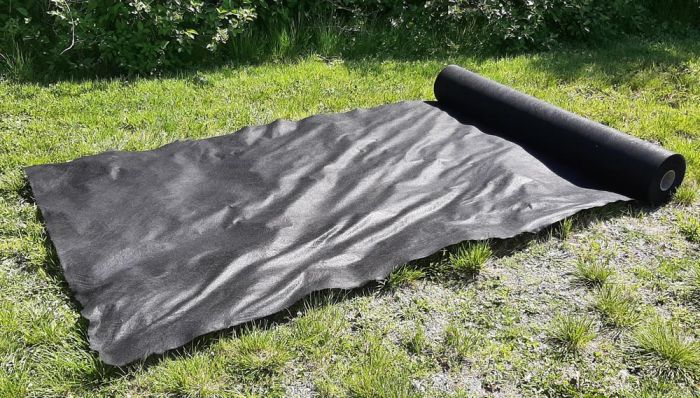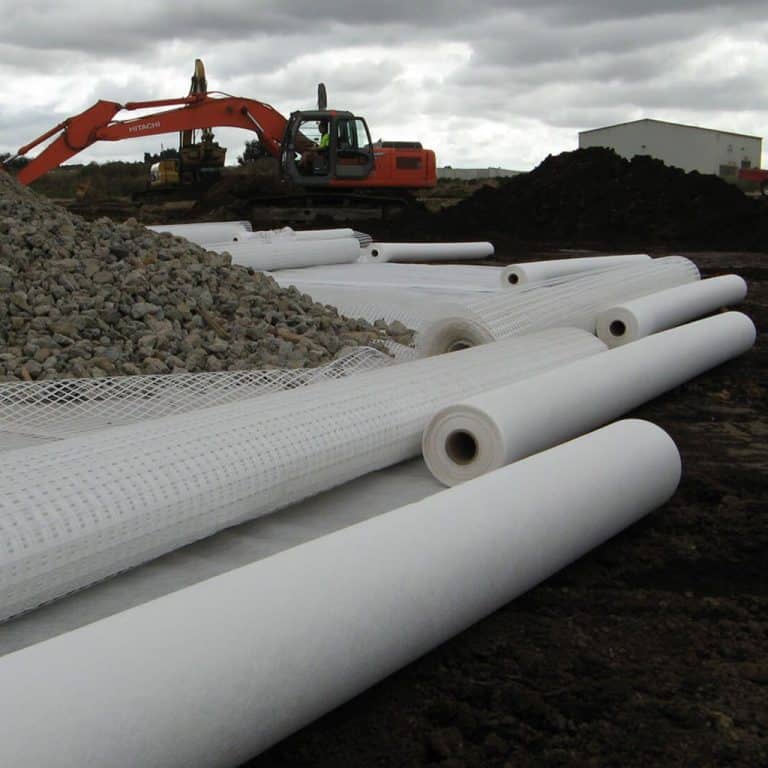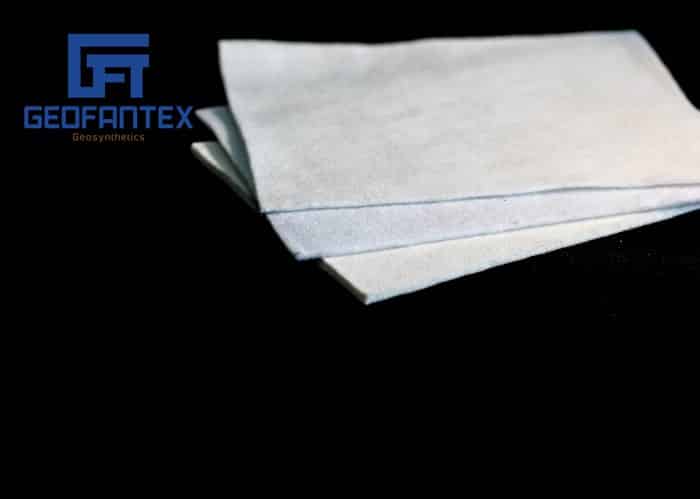Geotextiles in civil engineering
The majority of geotextiles are produced using classic or conventional fabric manufacturing techniques. The manufacturing processes for the production of geotextiles can be broadly classified in two categories, (1) classic and (2) special geotextiles.11 In classic geotextiles, the products of the textile industry, such as woven, knitted, nonwoven fabrics, etc., are considered, whereas special geotextiles, while having a similar appearance to classic geotextiles, are not the direct products of textile technology, i.e. webbing, mats, and nets. A typical classification of the production of geotextiles is depicted in Fig. 4.6.11






